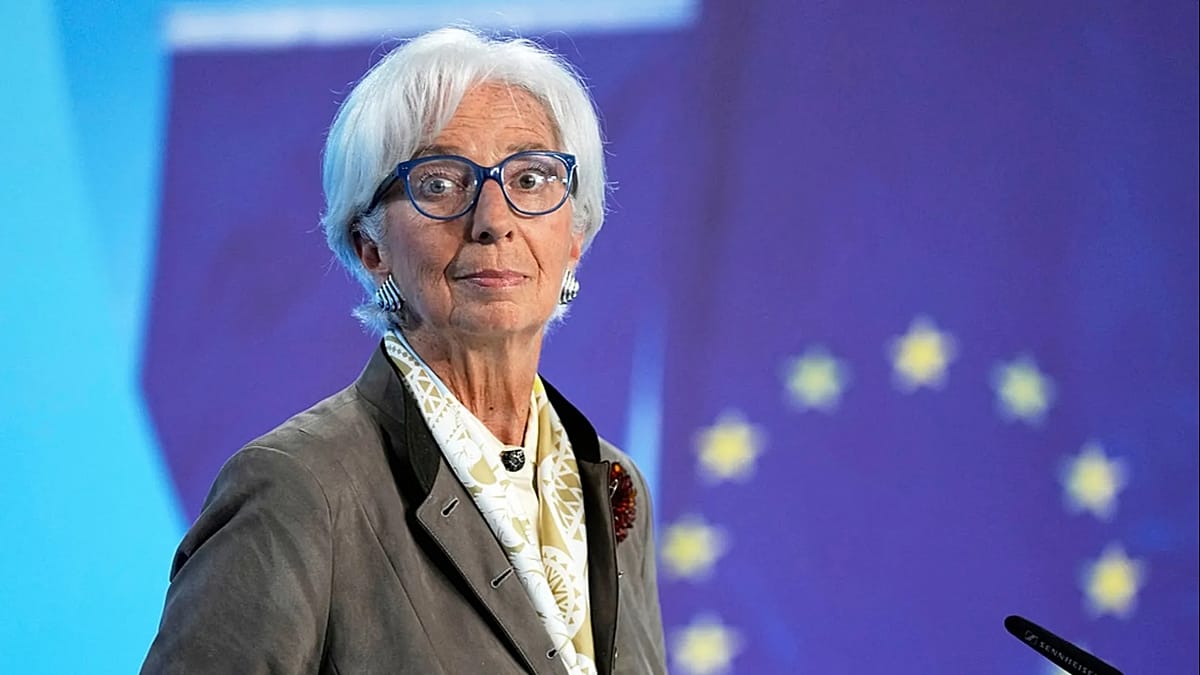Published on
The Frankfurt-based European Central Bank held its deposit facility rate at 2% on Thursday for the third consecutive meeting.
The key rate has hovered at 2% since the beginning of June, and analysts don’t expect the ECB to rush changes anytime soon. The prediction comes as the economy is holding up relatively well against global trade tensions. Eurozone gross domestic product rose 0.2% in the third quarter of 2025, compared with the previous three months, and it edged up by 1.3% year-on-year, according to preliminary estimates from Eurostat released just hours before the ECB’s decision.
Meanwhile, inflation is hovering near the ECB’s 2% target.
The central bank sets monetary policy for the eurozone through three main interest rates. The deposit facility is the interest rate banks receive when they deposit money with the central bank overnight.
The interest rate on the main refinancing operations is the rate banks pay when they borrow money from the ECB for one week, while the marginal lending facility is the rate banks pay when they borrow from the ECB overnight.
Both the main refinancing operations and marginal lending facility rates remained unchanged at 2.15% and 2.40% respectively on Thursday.
While inflation in the eurozone remains close to the central bank’s 2% target, the latest figure showed a slight uptick. Consumer prices rose by 2.2% year-on-year in September, up from 2.1% in August and 2% in July. Core inflation, which excludes volatile items such as food and energy, rose to 2.4% in September from 2.3% in August.
Despite Europe facing pressure from US tariffs and the war in Ukraine, ECB President Christine Lagarde and other officials from the central bank said in recent weeks that monetary policy was in a “good place”. According to the ECB, US tariffs have had little impact on inflation so far, and effects on growth have been “relatively moderate”.
Two weeks ago, at the IMF’s annual meeting in Washington, Europe’s top central banker reiterated that the ECB is well-positioned to handle potential turbulence. “We are in a good place and we are well-positioned to face future shocks,” said Lagarde.
The ECB’s meeting follows the Fed’s decision to cut its key interest rate on Wednesday for the second time this year. Central bank officials in the US seek to shore up economic growth and hiring, even as inflation stays elevated. The rate cut — a quarter of a point — brings the Fed’s key rate down to about 3.9%, from about 4.1%.
Meanwhile, the Bank of Japan kept interest rates steady at 0.5% on Thursday, despite inflation being above its 2% target. The bank kept the door open to a December rate hike.
Market analysts will be watching the ECB’s press briefing following the interest rate decision, expecting the central bank to give further guidance on the impact of trade tariffs and the harm caused by France’s fiscal crisis.

